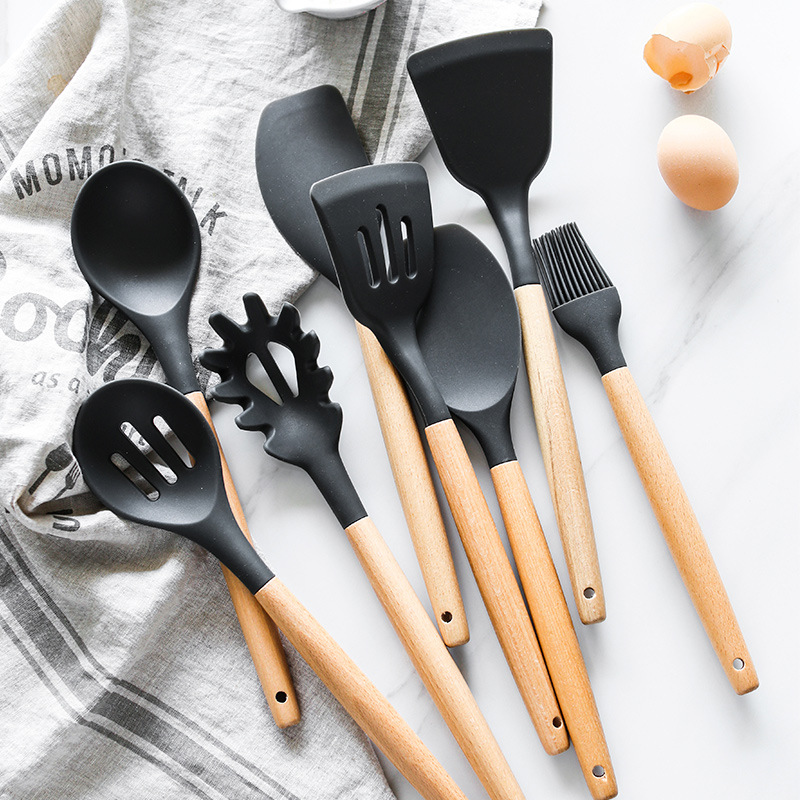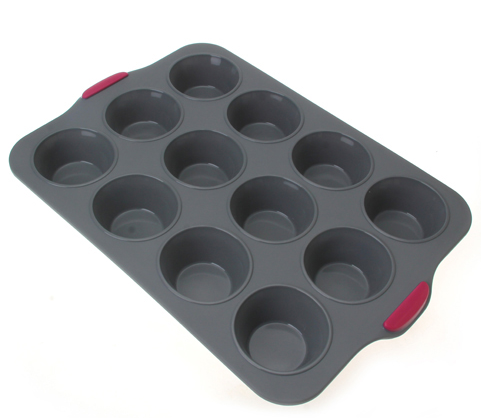Many global consumers believe that creating a healthy, clean, and sustainable home is a top priority. Studies indicate that over 85% of people around the world consider sustainability when making a purchase. This means the global market is looking for products — and brands — that reduce their carbon footprint and support the environment. A great first step is reducing plastics in the home in favor of more environmentally friendly materials. Silicone is a popular choice for home goods, but is it safer than plastic? Here’s everything you need to know about silicone products and whether it’s time to reduce plastic sales in favor of more silicone on your shelves.
Sustainability in the Home
The products consumers place in their homes provide a simple first step toward environmentally friendly living. As a manufacturer of quality home goods, our priority is to design products and product lines that give your customers the access they desire to sustainable goods.
As we saw in the study referenced above, the global market is already interested in choosing items to purchase based on their impact on the environment. If that’s the case, then now, more than ever, is the time to revamp home collections and kitchen products to make room for those items that:
- Use less carbon to produce (where possible)
- Are made from natural, sustainable, or longer-lasting materials
- Can be recycled, safely disposed of, or are biodegradable over time
- Don’t release microplastics or chemicals into the environment
Sometimes the transition to a cleaner home takes time, and consumers look for small steps to take in the right direction. Retailers can support those steps by choosing collections that help consumers reach their goals, one product at a time. One such option is silicone.

How Silicone is Made
Silicon is derived from a combination of silica (a natural stone that is abundant on our planet), water, and methyl chloride. Through a series of complex chemical reactions, silicone is synthesized. This process creates an inorganic synthetic polymer.
Polymers are especially resistant to low and high temperatures, moisture, chemicals, and even ultraviolet radiation. This makes them particularly useful in thousands of applications, from transportation and energy to consumer products.
Silicone’s properties also mean it doesn’t leach microplastics into the environment like its plastic counterparts. Microplastics are small particles of plastic that are produced both through the manufacture of plastics and in the breakdown of larger, disposed of plastic. Scientists are beginning to discover that plastic is everywhere. Our reliance on the material means it is in our oceans, our marine life, our waterways, and even in us.
As more and more consumers desire to move away from materials that damage both our bodies and our world, it behooves us to find replacements that are accessible and practical.
Finding a Safe Solution in Silicone
Silicone’s resistance to high temperatures makes it an ideal solution in the kitchen. Silicone kitchenware ranges from spatulas and serving utensils to baking trays and molds and even toddler feeding utensils.
As consumers become wary of their plastic food storage, cooking utensils, and a variety of other plastic-based products in the home, they need an alternative that is accessible, aesthetically pleasing, and safe to use. One of plastic’s overall better qualities is its durability and accessibility. While some consumers immediately reach for bamboo or stainless steel to replace their plastic items, others need an alternative.

High-quality, food-grade silicone provides a durable, long-lasting product that is far better for both people and the environment than plastic. Here are a few ways in which silicone proves to be safer than plastics:
- Silicone does not release chemicals into food products (plastic is known to leach estrogen-mimicking chemicals into food).
- Silicone won’t degrade into micro fragments in the ocean.
- It lasts for decades and does not harden or stiffen over time.
- It exceeds US and EU food safety standards.
- Like plastic, silicone is not biodegradable, but it does not fragment and impact our soil and it can be incinerated without causing any environmental consequences.
- Silicone does not develop holes or damage that allows for bacteria growth, making it a hygienic solution.
While silicone may not be the material for every climate-conscious consumer (it still requires non-renewable resources to produce it), it is a far superior alternative to plastics. The longevity of silicone alone makes it a great choice in the home to replace leaching plastic kitchenware and single-use products.
Create a Line of Silicone Products for Your Customers
Want to learn more? Request our catalog of silicone-based home goods to discover new products for your clientele. As more and more consumers reach for alternatives to plastic, it is up to us — the retailers, designers, and manufacturers — to provide knowledge, insight, and superior products to add to the home.
